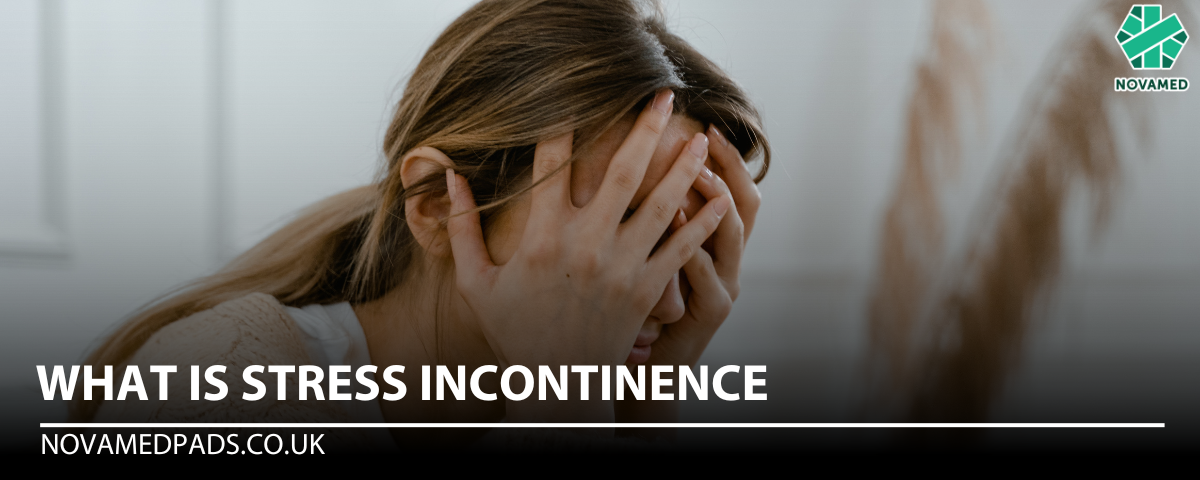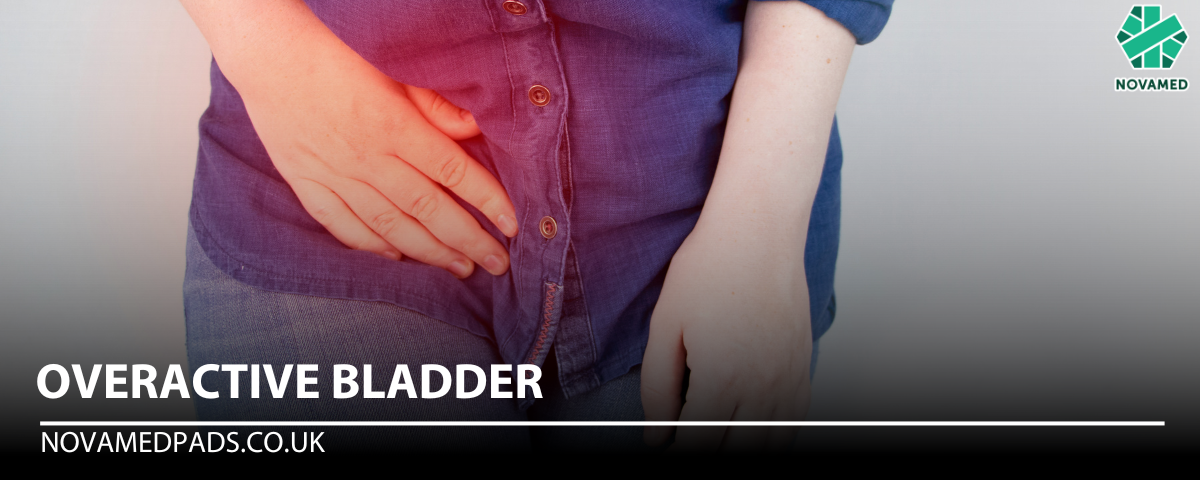
What Is Stress Incontinence
Stress incontinence is a condition where the bladder leaks urine during activities that put pressure on it, such as coughing, sneezing, laughing, or exercising. It occurs when the muscles that control urine flow become weakened, causing involuntary leakage. Although more commonly found in women, men can also experience stress incontinence, especially those with pelvic floor dysfunction.
Causes of Stress Incontinence
Stress urinary incontinence happens when the muscles that hold urine in the bladder contract abnormally, placing pressure on the urethra. This muscle dysfunction often occurs after pelvic floor surgery or as a result of weakened pelvic muscles, leading to urine leakage during physical activity or exertion.
Common Symptoms:
- Urine leakage during coughing, sneezing, or laughing
- Involuntary urine loss during exercise
- Increased leakage with pressure on the abdomen
How to Treat Stress Incontinence
One of the most effective ways to treat stress incontinence is through Kegel exercises, which strengthen the pelvic floor muscles. These exercises are beneficial for both men and women and play a key role in improving bladder control.
What Are Kegel Exercises?
Kegel exercises target the pelvic floor muscles, helping to strengthen the area that controls bladder and bowel functions. Despite being widely recommended for women, they are equally important for men.
Benefits of Kegel Exercises:
- Strengthens pelvic floor muscles
- Improves bladder control
- Can prevent or reduce symptoms of stress incontinence
Many people are unaware of the correct way to perform Kegel exercises and may need guidance from a healthcare professional to identify and activate the right muscles. Working with a physiotherapist can help tailor these exercises to your specific needs.
Interview with a Physiotherapist: Maree Sharma
To gain further insight into the importance of pelvic floor exercises, we spoke with Maree Sharma, a physiotherapist at Physiofit, about Kegel exercises and core strength.
Q: Can You Explain What Kegel Exercises Are?
A: Kegel exercises involve contracting and relaxing the pelvic floor muscles. The most common type of Kegel exercise is mentally visualising muscle movements, such as pulling in your stomach or pushing out your buttocks. These mental images guide the contraction and relaxation of your pelvic muscles, which can be performed sitting or standing.
Other forms of Kegel exercises involve more advanced techniques, such as:
- Biofeedback: Using sensors to monitor muscle contractions in the pelvic floor.
- Electromyography (EMG): A technique using electrodes to measure muscle activity during Kegel exercises.
Core Strength and Its Role in Pelvic Health
Core strength refers to the muscles that support the spine, abdomen, and pelvic floor. A strong core is essential for bladder control, as it supports the muscles responsible for continence.
Q: What Is Core Strength?
A: Core strength is the ability of muscles around your back, abdomen, and pelvic region to support your body's weight and movement. This includes:
- Pelvic floor muscles: These muscles support the bladder, uterus (in women), and other pelvic organs.
- Transversus abdominis: The deepest abdominal muscle that wraps around your torso.
- Rectus abdominis: Known as the "six-pack" muscles.
- Diaphragm: The muscle that assists in breathing and stabilising the core.
When these muscles are strong and flexible, they work together to maintain bladder control, especially during stress incontinence triggers like physical activity.
Q: Why Are Kegel Exercises and Core Strength Important?
A: Strengthening your core and pelvic floor muscles can significantly improve bladder control, reduce the frequency of stress incontinence episodes, and support overall pelvic health. Individuals with weak pelvic floor muscles may require extra core strength to stabilise their pelvis and improve muscle function.
Feel free to explore our full range of incontinence solutions here!
Bladder and bowel incontinence may be caused by conditions which can be treated medically. Please consult your physician for medical advice and guidance.




